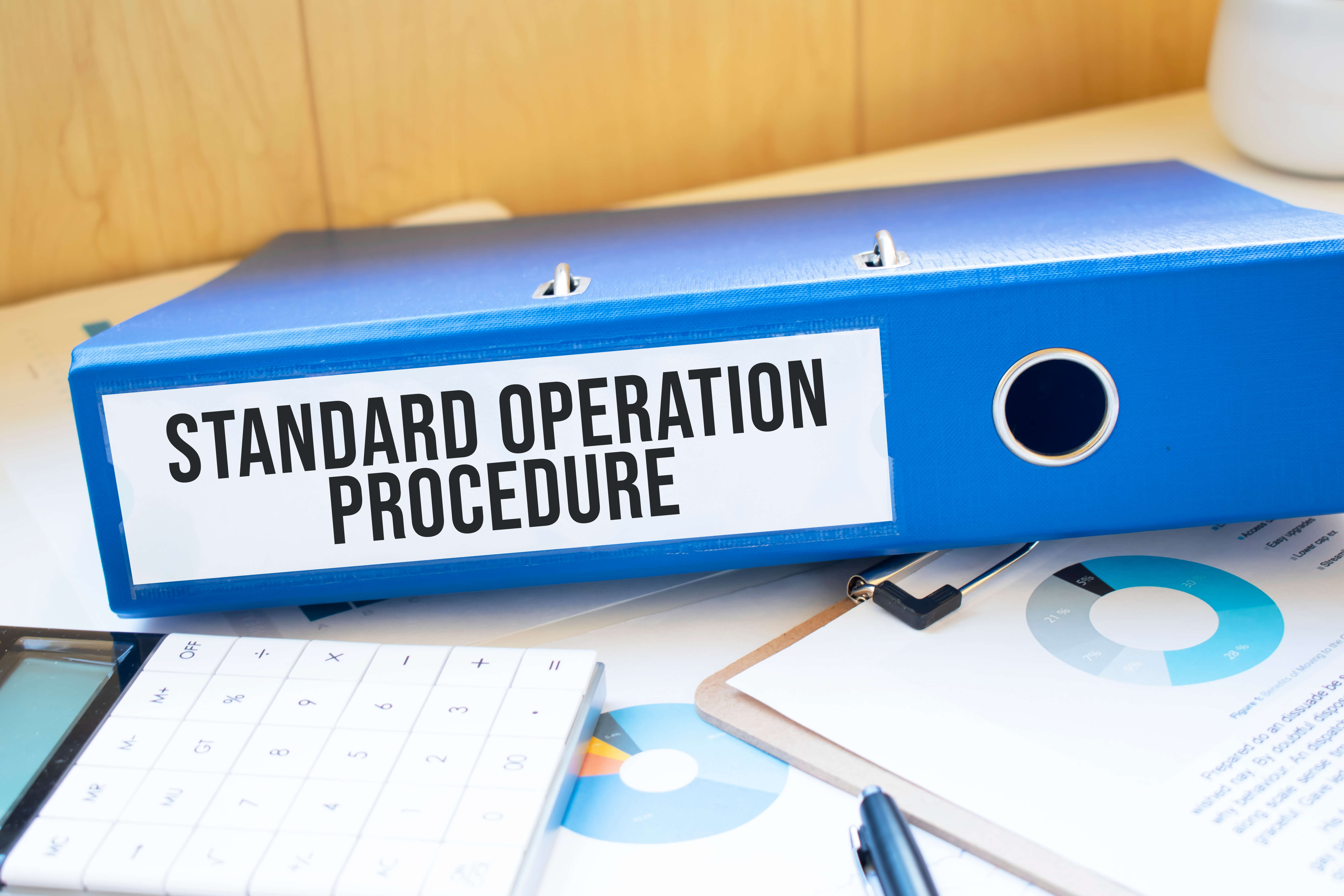If you don’t already, you should keep up to date with health & safety law. The Health and Safety Executive (HSE) is constantly updating and amending legislation in line with current thinking.
The idea is to help business and other stakeholders adapt to changes in occupational health and safety law and practices. But sometimes it can be a little overwhelming. By understanding and preparing for changes, you are better able to plan for and implement new measures effectively.
Health and safety legislation is in a constant state of flux. It evolves and adapts to new workplace realities as they emerge. Changes are also being made to prepare the UK for its imminent exit from the European Union.
So what’s on the horizon for 2020?
Consultation for future changes in 2020
CD288 - Consultation Questionnaire on the amendments to Mines Regulations 2014 (MR2014)
This Consultation relates to proposed amendments to the Mines Regulations 2014 (MR2014). It will consider whether to apply a new binding limit for respirable crystalline silica (RCS) of 0.1mg/m 3 below ground in coal mines.
CD287 - Carcinogens and Mutagens – Revision of limit values in EH40/2005 “Workplace Exposure Limits”
There is also consultation that relates to the implementation of Directive 2017/2398. This amends Directive 2004/37/EC and introduces 11 new occupational exposure limits values (OELVs). It also amends 2 existing OELVs.
Radiation (Emergency Preparedness and Public Information) Regulations 2019 (REPPIR) - Consultation on proposed Approved Code of Practice
The Health and Safety Executive (HSE) is consulting on proposed Approved Code of Practice (ACOP). This will support duty holder compliance with the new REPPIR being repealed and replaced. This is part of transposing the emergency preparedness and response requirements of the Basic Safety Standards Directive 2013 made under the Euratom Treaty. REPPIR 2019 is being made under the Health and Safety at Work etc. Act 1974.
Other changes
Changes and Amendments to the IATA Dangerous Goods Regulations (DGR) 61st edition 2020
These important changes and amendments were introduced to the 61st edition of the IATA Dangerous Goods Regulations. They came into force on 1st January 2020. These changes are related to the limitation, identification, packing, marking/labeling and documentation of dangerous goods transported by air.
Dangerous goods carried by passengers or crew
The limitation restricting aerosols in division 2.2 for sporting or home use, to be carried in checked baggage only has now been removed. This is good news for passengers and crew. It enables these goods to be carried in either checked or carry-on baggage.
Changes impacting Lithium batteries
In packing instructions PI 968 to PI 970, the term “aggregate lithium content” has been applied to lithium metal batteries. This change is in alignment with the UN Manual of Test and Criteria.
The application of the lithium battery mark has now been specified to be applied on one face of the package.
New definition for “lithium batteries installed in cargo transport unit” is provided in IATA DGR.
Changes to the Dangerous Goods List
Packaging of Tear gas candles (UN 1700) must meet PG II performance standards based on new assignment of special provision A802.
The introduction of a new Appendix I to the 61st Edition of the IATA DGR will provide details of the list of changes that will take effect from 1st January, 2021. Some of these changes have been adopted from the 21st revised edition of the UN Model regulations. Other changes come from the 2021-2022 edition of the ICAO Technical Instructions. The list of changes includes the following:
- Provisions for deregulation of data loggers and cargo tracking devices powered by lithium batteries will be adopted.
- Training on dangerous goods will be based on competency for dangerous goods.
- Infectious substance provisions including Category A medical waste, will be updated.
- Four new UN numbers will be included on the list of dangerous goods:
- three for explosives, UN 0511 to UN 0513 and
- one for Category A medical waste, UN 3549.
- Minimum dimension for the lithium battery handling mark will be changed: 100 mm wide x 70 mm high.
- Radioactive materials will be updated based on changes adopted by the International Atomic Energy Agency to SSR-6 (Rev. 1) 2018.
Recommended Action Items:
- Review your company’s inventory of products, and determine if changes of IATA DRG regulation 61st edition apply
- Become familiar with the new IATA regulation requirements will take effect from January 2021
Related Products
Need to find information on UN numbers? UL’s Transportation Database contains structured data to support your transport classification, labelling and markings. The database is available as a data feed and can be searched per UN/NA number using ChemADVISOR Online.
The Impact of Brexit
Employers should not expect a wholesale change in Health and Safety legislation post-Brexit. The government’s default position is to bringing post-Brexit Britain’s standards into line with the EU’s. This approach may alter in the future. But, it’s unlikely that the government will prioritise developing new health & safety standards in the coming months.
Expert support
If some or all of these changes affect you, speak to a health & safety expert today for legal advice on 01455 858 132.
Related resources
Categories
- Business Advice
- Contracts & Documentation
- Culture & Performance
- Disciplinary & Grievances
- Dismissals & Conduct
- Employee Conduct
- Employment Law
- End of Contract
- Equality & Discrimination
- Health & Safety
- Hiring & Managing
- Leave & Absence
- Managing Health & Safety
- Moving
- Occupational Health
- Pay & Benefits
- Recruitment
- Risk & Welfare



